For Female Creatives, Hollywood Is Still Just as ‘Bleak’ as Some Fear, but It Doesn’t Have to Be
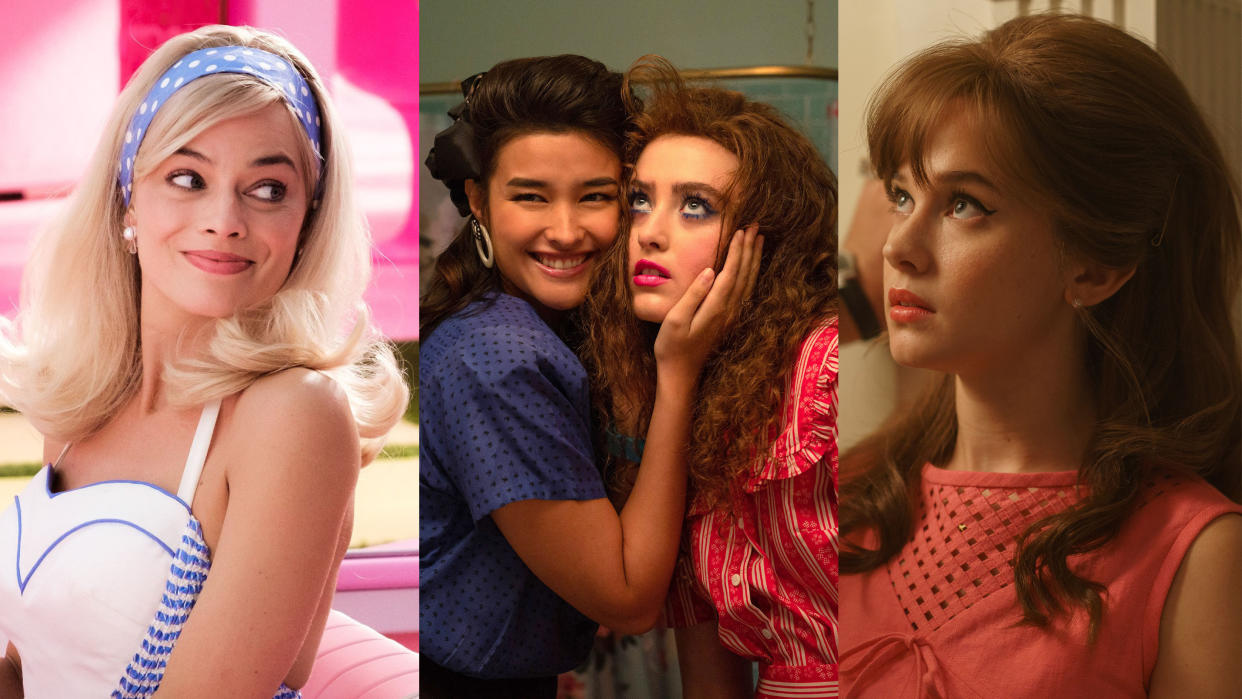
- Oops!Something went wrong.Please try again later.
- Oops!Something went wrong.Please try again later.
- Oops!Something went wrong.Please try again later.
See if you can guess who recently said these words: “We went in over budget. It was a challenging project in that way. It’s like there could have never been enough money for the project. We didn’t have endless funds from a studio. This was a very independent project that I was self-financing.”
Did you guess global powerhouse multi-hyphenate Jennifer Lopez? She’s just the latest female creative to lament the state of Hollywood and its lack of funding for female creatives. Maybe it really is as bleak as they say.
More from IndieWire
'Going Ape!' Is the Midnight Movie Skeleton Key That Unlocks the History of Monkey Cinema
The Oldest Living Director Is a Woman - and Here Are the 24 Other Most Senior
While Greta Gerwig’s “Barbie” made a billion dollars at the box office and shattered the record for both the highest-grossing film ever to be released by Warner Bros. and ever directed by a woman, studios are still gun-shy at providing funding for female-fronted projects. Why? Well, it’s all about the fallacy of what sells — doll be damned. “Barbie” may give us some sliver of hope for a “future is female” Hollywood renaissance, but women creatives are still skeptical, and for good reason.
Just days after both actress/producers Dakota Johnson and Issa Rae (who also appeared in “Barbie”) called out just how “scared and clueless” executives at major conglomerates are when it comes to financing projects from women and people of color, Jennifer Lopez revealed that she had to self-fund part her $20 million autobiographical musical epic “This Is Me…Now: A Love Story” once she lost financing for the project midway through production. (Amazon/MGM later picked up the completed project for distribution, with the film debuting on Prime Video this week.)
Lopez — whose net worth is an estimated $400 million and has earned more than $1 billion at the box office across her filmography — recently told The Hollywood Reporter that when a financier pulled out of “This Is Me…Now: A Love Story,” she opted to go the way of Francis Ford Coppola and simply fund the project herself.
“Everybody thought I was crazy when I said I would do it,” Lopez said of the project she co-wrote and stars in. “We did have financing, and then that fell out. They pulled out at the last minute. … We talked about whether or not I do this or I just go make two videos and go the normal route. I decided that I didn’t want to do that. I wanted to see this vision through.”
The Money Trail
If international icon Jennifer Lopez has to struggle to source film funding outside her own coffers, what does that mean for the state of female-fronted indies that don’t have similar personal cash at their disposal?
Studios still shy away from hiring female directors to begin with, and aren’t backing women directors or producers nearly as much as their male counterparts, leading rising female talents to pursue indie projects instead, either through their own production banners or self-funding tactics.
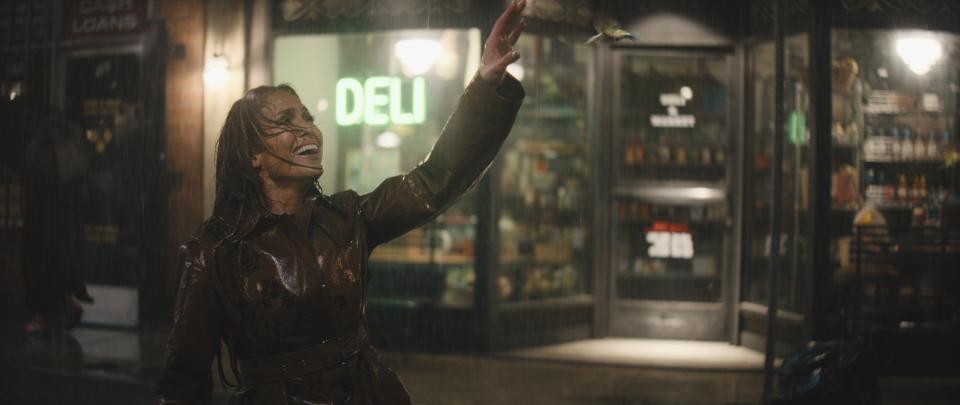
Filmmaker Greta Gerwig just might have bridged the gendered divide after hitting it big with the studio blockbuster film of 2023: “Barbie.” Last year, Gerwig’s “Barbie” made history as the highest-grossing film directed by a woman of all-time (in addition to being the biggest Warner Bros. release ever, plus picking up a slew of Oscar nominations, though notably not for Gerwig’s directing nor lead star Margot Robbie’s performance).
Yet Gerwig previously shared during a screening of “Barbie” at the Writers Guild of America West (via Variety) that greenlighting the film was seen as a “risk” by Warner Bros., with the studio concerned about backing a “‘lady director’ and a lady thing.”
“Barbie” ultimately had a budget of $145 million. However, Gerwig told Variety that she was originally not provided enough funds from Warner Bros. to create her vision for Barbieland. “Initially, the budget wasn’t enough,” Gerwig said, “And I said, ‘Well, listen. It’s “Barbie.” It needs a big canvas.'” (Gerwig’s previous films, “Little Women” and “Lady Bird,” had respective budgets of $40 million and $10 million.)
What Women Want
“Barbie” lead star and executive producer Robbie, whose LuckyChap production banner recently land a first-look deal with Warner Bros., said during a Deadline panel that director Gerwig “literally changed the game” for female filmmakers.
“From now on, it’s different because of what she’s done,” Robbie said. “It’s massive. And someone is going to come forward with another original idea that requires a big budget, and there’s going to be a female lead, and they’re going to point to ‘Barbie’ and say, ‘But that made money.’ Everyone’s going to go, ‘Oh, right we’re gonna have to greenlight this.’ And that’s amazing.”
But will studio executives actually follow suit? While “Barbie” may have earned a billion dollars at the box office, famed female directors are still begging for funds. Oscar winner Diablo Cody, who was originally attached to pen the first “Barbie” iteration at Sony, has opted to try to land financing by way of building out cinematic universe even within indie films.
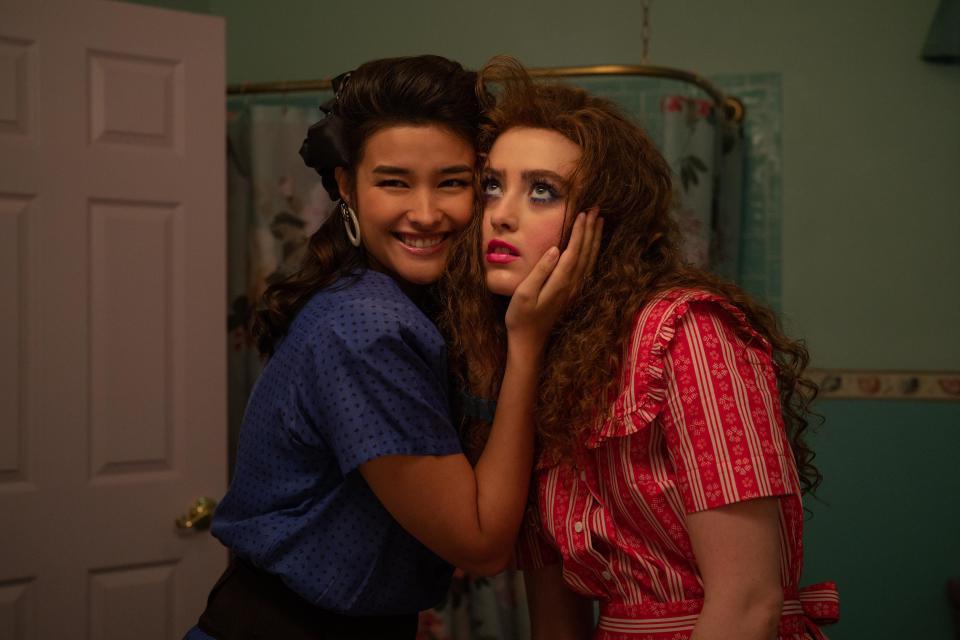
Cody’s “Lisa Frankenstein” is just the most recent female-fronted original horror-dark comedy from the screenwriter who penned the iconic “Jennifer’s Body.” Cody recently told IndieWire that the continued interest in the Megan Fox and Amanda Seyfried two-hander has inspired her to push for a “Jennifer’s Body” sequel.
“I had no idea people would get so excited about that,” Cody said of teasing a follow-up to her 2009 film. “I was delighted to see the response, I’m going to clip those articles and show them to all the people who are like, ‘We don’t think this is such a good idea.’ Bring it into the people that I need to greenlight it. … Honestly, I say I’m a realist, but I’m really a pessimist because so much of what you develop in this business ends up in the bin, so we’ll see what sticks.”
No “Endless Resources”
Elsewhere, Oscar winner Sofia Coppola, despite being the daughter of Francis Ford Coppola, has openly struggled to find funding across her indie career. Coppola’s recent “Priscilla” infamously had a “strained” budget, with Coppola at one point wondering if actor Jacob Elordi could auction off a game of pickle ball to fund the period piece. (The film was made for less than $20 million, a fraction of Baz Luhrmann’s $85 million “Elvis” operatic musical in 2022.)
In 2023, Coppola told The New York Times that filming “Priscilla” in 30 days was “one of the hardest things I ever had to do” after losing $2 million of funding weeks before the production start date. “I still can’t believe our movie came together.”
She added of her own career, “I’ve never expected to be mainstream. The culture that I always liked growing up was the side culture. The people in charge of giving money are usually straight men, still. There’s always people in lower levels who are like myself, but then the bosses have a certain sensibility. If it’s so hard for me to get financing as an established person, I worry about younger women starting out. It’s surprising that it’s still a struggle.”
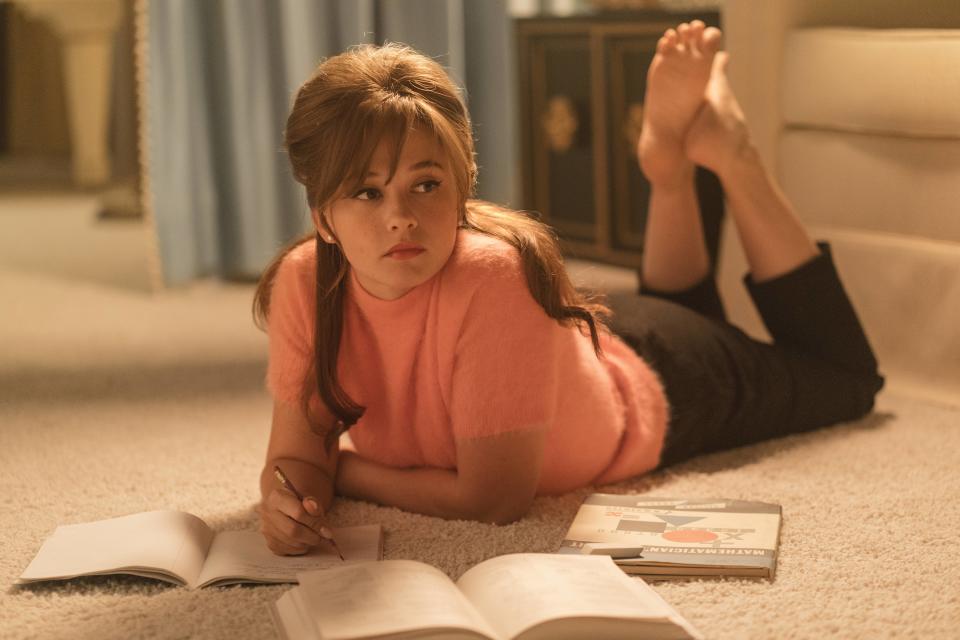
(Prior to “Priscilla,” Coppola’s slated Apple TV+ series “The Custom of the Country” was canceled over budget issues. Coppola shared the news in a The New Yorker interview, citing the “mostly dudes” who were executives and didn’t appreciate an “unlikeable” Edith Wharton protagonist. “It’s a real drag. I thought they had endless resources.”)
Coppola later told the BBC, “I just see all these men getting hundreds of millions of dollars and then I’m fighting for a tiny fraction of that. I think it’s just left over from the way the culture of that business is. It’s frustrating but I’m always fighting to get it and I’m just happy to get to make my movies independently and find people that believe in them.”
And Coppola spoke to the success of “Barbie,” saying, “I’m sure it’ll make things easier, but that’s a very specific kind of filmmaking with, I would imagine, a lot of executives involved. So that’s a different thing.”
A “Guy Type” Story
So is it the content of these female-led proposed projects, or the female directors themselves being overlooked by studios? Multi-hyphenate Heather Graham recently told IndieWire that only a “typical sort of ‘guy type’ story” predominantly is what gets made.
“It’s still not totally what I think it should be, but at least there’s more women in like greenlighting positions,” Graham said. “A lot of the people that greenlight movies are mostly men, so if you want to tell a story that is more of a female-driven movie, you hit roadblocks. The whole process of how movies get greenlit through mostly men and then get made and then get distributed through probably usually mostly men, and they get reviewed by usually mostly men and marketing to men.”
She added, “It creates a system where you have to get through so many roadblocks of almost all men. And if you’re telling a not your typical sort of ‘guy type’ story, it’s hard to get through all those different like levels. … It’s been very hard to try to tell any kind of female story that has a female protagonist. Maybe there’s a few women out there that just all the doors open, it’s super easy. But I would say in general, the industry is still sexist and does kind of block a lot of these stories from being told.”
Forging a New Path
According to the 2023 Celluloid Ceiling Report from San Diego State University released in January 2024, it has not gotten “easier” for female filmmakers. The study found that “while Greta Gerwig’s ‘Barbie’ reigned supreme as the number one box office film, women remained dramatically underrepresented as directors, accounting for just 16 percent of those working on the 250 top grossing films and 14 percent on the 100 top grossing films.”
Similarly, a study from USC Annenberg’s Inclusion Initiative found that “Barbie” studio Warner Bros. hired only 18 female directors over the last 17 years, comprising 6.6 percent of the distributor’s 274 films. That percentage mirrors the average prevalence of female-directed films since 2007 out of 1,588 releases.
“This report offers a contrast to those who might celebrate the dawning of change in Hollywood after a year in which ‘Barbie’ topped the box office,” the Inclusion Initiative study read. “One film or one director are simply not enough to create the sea change that is still needed behind the camera. Until studios, executives and producers alter the way they make decisions about who is qualified and available to work as a director on top-grossing films, there is little reason to believe that optimism is warranted.”
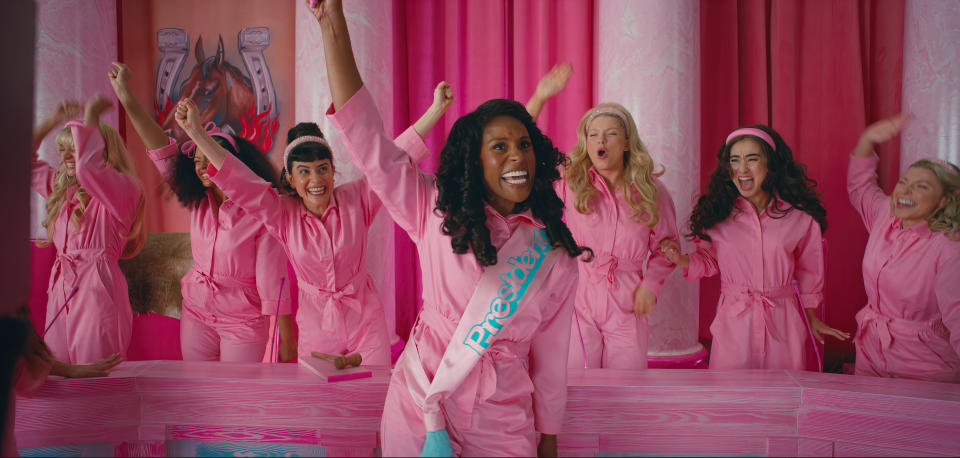
The Inclusion Initiative recently partnered with Oscar winner Cate Blanchett to launch the Proof of Concept initiative to grant eight female, trans, or non-binary filmmakers $50,000 each to complete short films as “proof of concepts” for features or TV series. Blanchett’s Dirty Films producing partner, Emmy Award nominee Coco Francini, and USC Annenberg Inclusion Initiative founder and director Dr. Stacy L. Smith are also behind the program, which is funded by Netflix.
Blanchett noted that the program is to uplift filmmakers who “often get overlooked” due to their gender or orientation. Blanchett’s Dirty Films cofounder Francini added that the program was in response to the fact that only 6 percent of directors across 1,600 top-grossing movies were women.
It may be a sign of the future: ladies doing it for themselves in a system that still overlooks and underestimates them.
Best of IndieWire
Where to Watch This Week's New Movies, Including 'Argylle' and 'How to Have Sex'
Christopher Nolan's Favorite Movies: 40 Films the Director Wants You to See
Sign up for Indiewire's Newsletter. For the latest news, follow us on Facebook, Twitter, and Instagram.

